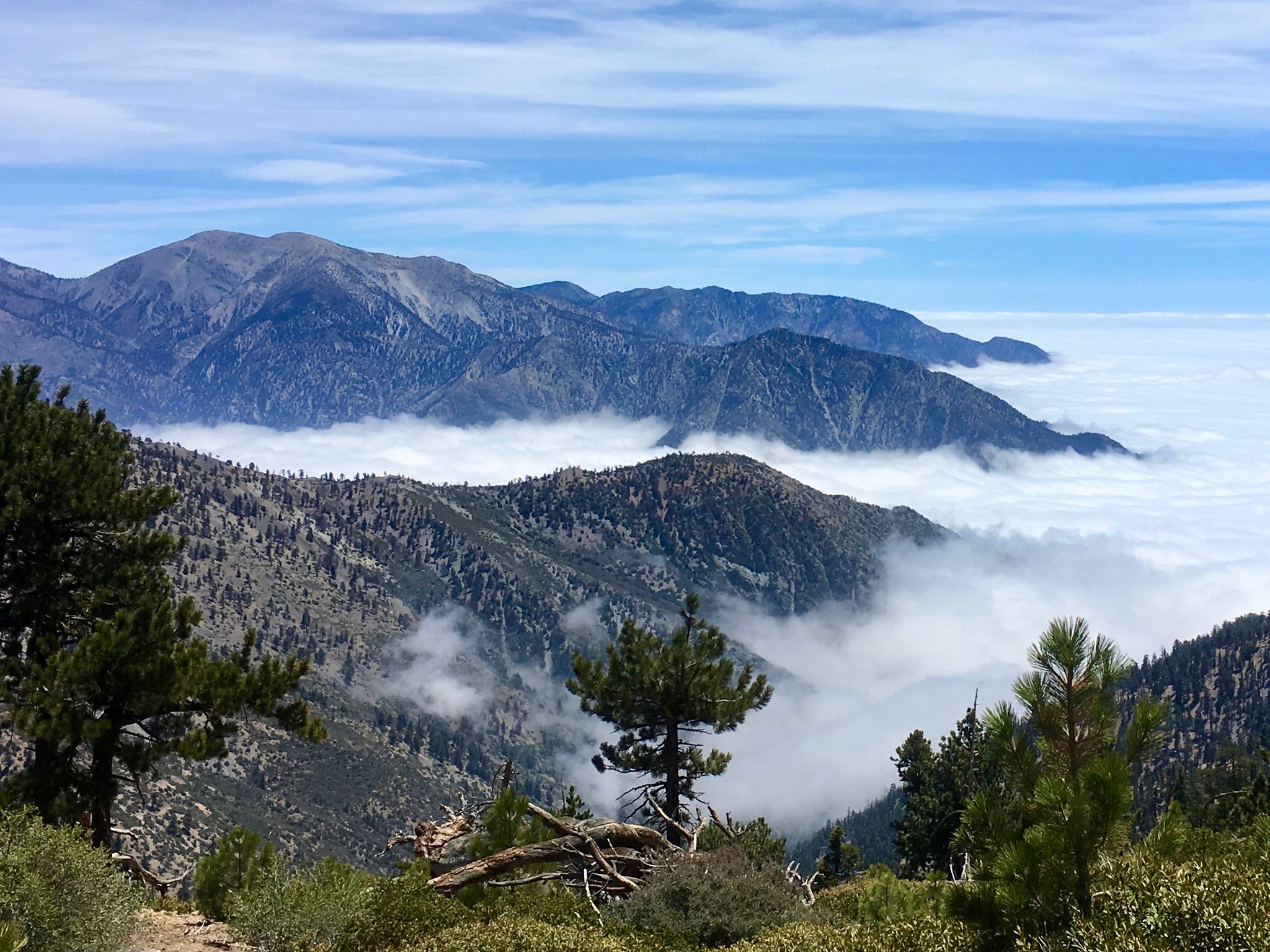Local adaptation, in which populations of a species become better able to survive and thrive in their home environment than in conditions found elsewhere in the species’ range, is a widespread pattern that evolutionary biologists have long used to study the causes and consequences of natural selection. A new study by CSUN Assistant Professor of Biology Jeremy Yoder and collaborators combines data across many studies of local adaptation to answer a persistent question about the history of life on Earth — has evolution been influenced more by selection arising from environmental conditions, or by interactions among living things?
Factors in the nonliving environment, like temperature variation, water availability, or sunlight, have certainly shaped the evolution of biodiversity, as have species’ interactions with predators, prey, and mutualists. However, which of these two sources of natural selection more often contributes to local adaptation had not been systematically evaluated. This question links to some of the biggest ongoing mysteries about the distribution of biological diversity on Earth, such as why there is greater diversity of plants and animals in tropical regions, compared to locations closer to the poles.
Yoder and collaborators at the University of Minnesota, Minneapolis Community and Technical College, Harvard University, the University of Central Florida, and North Carolina State University tackled the question by compiling experimental studies of local adaptation in which organisms from different populations of the same species had been grown in differing environments, either in experimental settings or by transplantation to different field sites. Such experiments are very widely used, but the team restricted their focus to studies that simultaneously tested the effects of at least one element of the nonliving environment (like soil chemistry or rainfall) and at least one interaction with another species (like competitors or predators). Making sure that compiled experiments tested both abiotic and biotic environmental factors helped to reduce the risk of bias due to the "file-drawer" effect, in which scientists are less likely to publish the results of experiments if a tested factor has no measurable effect — Yoder and his coauthors reasoned that an experiment testing two factors might still be published if one had an effect but the other didn’t. The team used a statistical approach called meta-analysis to combine results from different experiments, and performed a formal text analysis called a meta-synthesis to better understand how scientists designed and executed their local adaptation experiments.

The meta-analysis found that the relative impacts of abiotic and biotic environments varied with the type of organism tested, and the broader context of the experiment. Overall, local adaptation to interacting species tended to be stronger than local adaptation to the nonliving environment — but this pattern was mostly seen in experiments with animals, with plants showing the opposite pattern. The overall impact on fitness — growth or reproductive success — by nonliving and living environments also varied with the latitude at which experiments were conducted. In the tropics, nonliving factors had somewhat weaker effects and biotic factors had stronger ones; at higher latitudes, nonliving factors were stronger and biotic factors were weaker.
These results shed light on some large-scale patterns of biodiversity, but the team’s analysis of the text of scientific papers they’d compiled revealed how much work remains to be done. They found substantial differences in the ways that biologists thought about the different environmental factors tested in local adaptation experiments, and potential biases introduced by the logistics of such experiments. Notably, nonliving environmental factors were often tested in terms of natural variation that existed prior to the experiment’s design, such as temperature differences at different elevations on a mountainside; but the effects of competitors or predators were more often tested by simply removing the interacting species. Experiments were also much more likely to be conducted with short-lived, non-mobile organisms, like annual plants, which are more amenable to experiments that can be completed in a year or two. Expanding the range of species tested in local adaptation experiments, and working to test more realistic variation in interactions among species, could make their results more informative, the authors concluded.
The full article is online ahead of print in The American Naturalist.
Image: Low clouds surround mountaintops in the San Gabriel Mountains. New research by CSUN biologist Jeremy Yoder suggests that selection by abiotic factors like high-elevation conditions may often be weaker than selection created by interactions between species. (Flickr: Jeremy Yoder)

